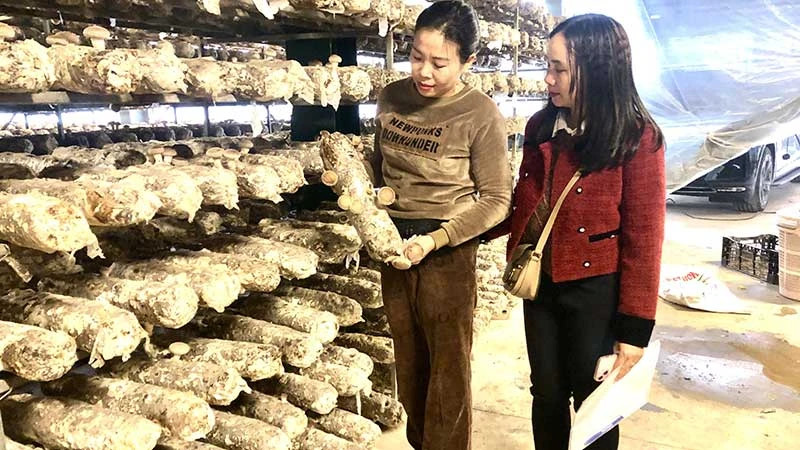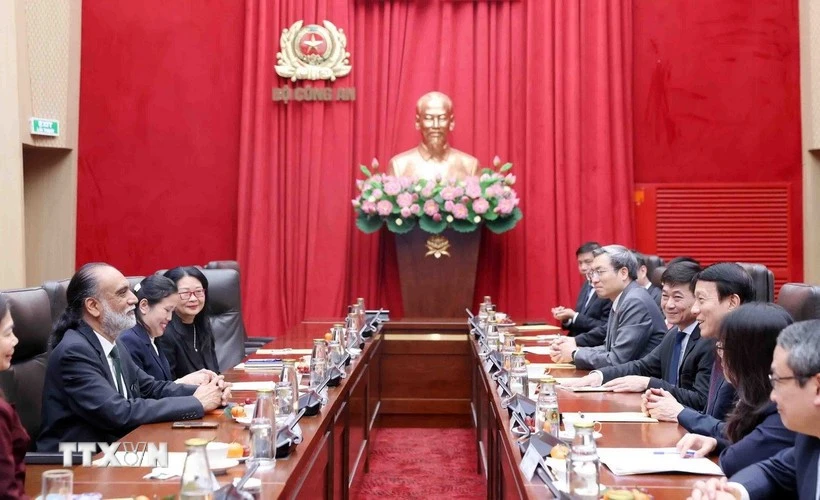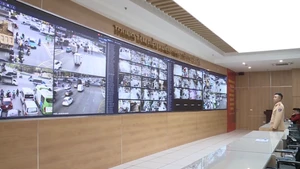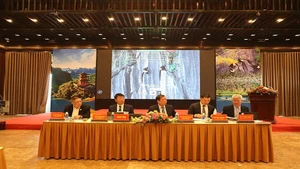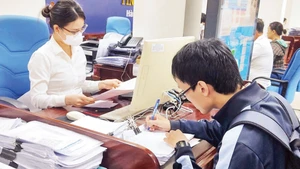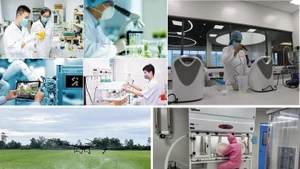Over the past 10 years, the country has had 529 new varieties recognised, including 393 plant varieties, 12 aquatic varieties, 82 forestry varieties and 42 livestock varieties. The selection and production of varieties have been very effective, contributing significantly to increasing the productivity and quality of agricultural products.
Active contributions to the sector’s growth
Deputy Minister of Agriculture and Rural Development Phung Duc Tien, said “Over the past 10 years, Vietnam’s agricultural sector has achieved great success and comprehensive development, especially the strong participation and enthusiasm of the scientific community. Many research results have been created and applied in all stages of agricultural production, from new plant and animal varieties to planting, care and cultivation techniques, post-harvest processing and preservation techniques of agricultural products. Selected rice varieties have been transferred and applied nationwide, with an area of about 6.2 million hectares, accounting for nearly 80% of the country’s rice area. In the Mekong Delta alone, rice varieties selected by Vietnamese scientists account for more than 80% of the total area, of which the OM5451 rice variety has been planted on nearly one million hectares. Coffee trees yield about 27 quintals per hectare, 1.5 times higher than Brazil, and three times higher than Colombia and Indonesia. The area for newly planted coffee varieties in the country is 130,000 hectares, accounting for 100% of the replanted area.”
The application of advanced and environmentally friendly production processes, such as VietGAP and GlobalGAP, has been increasingly popularised and widely used, creating safe and high-quality products to meet the market demand. Moreover, farming techniques and production processes that adapt to climate change have also been promoted.
In addition, for many key national and provincial product groups, high science and technology have been applied, from the stages of seed production, farming, and processing, such as shrimp, tra fish, etc.
The application of advanced and environmentally friendly production processes, such as VietGAP and GlobalGAP, has been increasingly popularised and widely used, creating safe and high-quality products to meet the market demand. Moreover, farming techniques and production processes that adapt to climate change have also been promoted.
In addition, many new technologies of international and regional significance in irrigation and natural disaster prevention and control have been researched and applied in practice, typically the Cai Lon-Cai Be irrigation project.
The research, selection and application of science and technology in production have helped the agricultural sector continuously achieve high results in recent years.
In 2023 alone, the GDP growth of the sector reached 3.83%, the highest in recent years. Of which, the export turnover of agriculture, forestry and fishery products reached more than 53 billion USD, with several commodities reaching record highs, such as vegetables and fruits at 5.69 billion USD (up 69.2%), rice at 4.78 billion USD (up 38.4%) and cashews at 3.63 billion USD (up 17.6%).
According to the National Agricultural Extension Centre (CCAFS), since 2020, the agricultural extension system has transferred 233 new technical advances and technologies into production nationwide.
A typical example is planting large-scale intensive timber forests, towards sustainable forest management for processing and exports, at a scale of 40 hectares, with the participation of 17 households in Trung Son and Dao Vien Communes, Yen Son District (Tuyen Quang Province).
The development of human resources
In addition to the achieved results, applying science and technology to agriculture has also revealed limitations and shortcomings, such as the decrease in the quality of human resources, the lack of good and leading scientists, and the large but weak research workforces. The use of resources, facilities, and equipment in some places has not been effective, there is a lack of coordination between research units and enterprises, especially in receiving research results for transfer into production, and the quality of research of several products has not met practical requirements.
On the other hand, the commercialisation and transfer of research results on scientific and technological products and works have still been slow. Moreover, several research works and topics have low levels of creativity and novelty. Professor Dr Pham Van Cuong, Deputy Director of the Vietnam National University of Agriculture (VNUA), said that although university enrollment has increased, agricultural sectors have decreased, leading to a shortage of high-quality agricultural human resources. There are many scientific and technological products but their applicability is not high nor linked to training. He added that facilities and learning materials have not met the rapid changes in production reality, especially the 4.0 industrial revolution and smart agriculture.
Also according to the VNUA’s Deputy Director, it is necessary to encourage and call on individuals, businesses, organisations, associations, and industries in the agricultural sector, to participate in training and use human resources after training, proactively build and expand cooperation and training programmes with foreign countries, promote international cooperation in training high-quality human resources and train human resources in the field of green transformation and digital transformation.
Deputy Minister of Agriculture and Rural Development Phung Duc Tien noted “The agricultural sector is facing difficulties and challenges from the impact of increased input material prices and food prices due to supply chain disruptions, potential outbreaks of diseases on crops and livestock, changes in demand and consumption patterns, especially in the domestic market and increasingly clear and extreme climate change, unpredictable natural disasters, droughts and saltwater intrusion always posing a threat to agricultural production. To turn challenges into opportunities, the agricultural sector has put forward orientations, strategies, policies and solutions, so that agriculture remains the pillar of the economy. In particular, science-technology development and innovation are always considered the spearhead and the key to success in creating the foundation for agricultural development, associated with building new rural areas towards ecological agriculture, modern rural areas and civilised farmers. At the same time, science and technology must also be associated with sustainable development, emission reduction, circular economy following the value chain and bringing added value.
